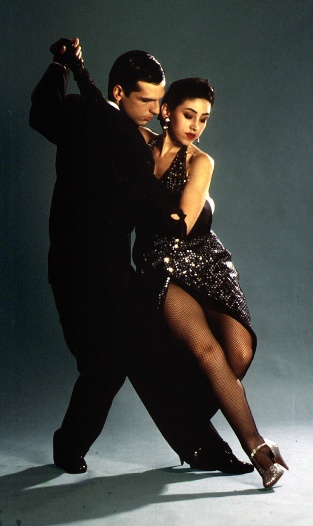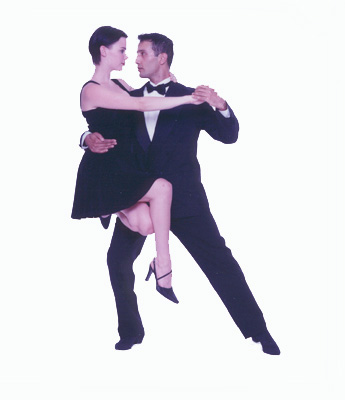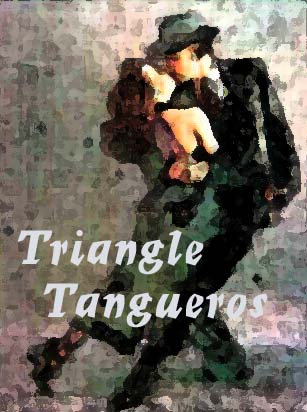

| Tango is undoubtedly the best
known artistic manifestation of Argentina's
popular culture. Its music, dance and lyrics seem to fascinate romantic
people with a strong taste for melancholy and nostalgia worldwide.Tango
is the music of the city of Buenos
Aires. A wonderful blend of string, "bandoneon" (concertina), and piano music provide a sound setting that is suitable to lyrics that deal with themes referred to the ordinary man and his problems, Buenos Aires and memories. A tango is basically a description of the city and the "porteņos" (people from Buenos Aires).Nevertheless, the success this genre seems to have worldwide speaks of the universality of the topics it revolves around: love, disappointment, hardship, the "good old days" of youth, the relentless passing of time, a longing for what time has taken away from us, death, destiny, loss, materialism, broken dreams and promises. |
 |
Tango is an expression of the
feelings and emotions of the people that mark the lives of the "porteņos."
The language used in its songs is called "lunfardo," which combines European
features(Spanish and Italian mainly) with "criollo" (Creole) features. The songs typically refer to the "compadrito" (male romantic figure) and very commonly include the female figure as his beloved. At the time this artistic manifestation began to emerge, women participation was very controversial, or rather not seen with good eyes at all. Tango was simply not appropriate for "socially accepted" women. But of course, there has always been rebels. Tango started at the end of the 19th century in the poorer quarters of the city of Buenos Aires. Initially, it was danced by pairs of men to the music of the flute, the violin, and the guitar. As time went by, the flute was replaced by the "bandoneon" which gave it its distinctive flavor. |
| With the addition of the nostalgic
and melancholy contributed by immigrants, this genre developed to give birth
to musicians of the stature of Carlos
Gardel, a singer and composer in the traditional tango style who enjoyed
international popularity in the first half of the century, as well as Astor
Piazzolla, who would later introduce a rather innovative version of
the music of Buenos Aires, mesmerizing audiences all over the world. Most people in Argentina agree that Gardel sings better as time goes by. Some Argentinians hold that Piazzolla's music, beautiful as it is, is not really tango. They prefer to call it "music of Buenos Aires..." Piazzolla himself never seemed concerned about this in any way. |
| After all, if what
he composed and performed was given the name of "music of Buenos Aires,"
then it was all about tango.Because tango and the music of Buenos Aires
are one and the same thing. Today, a halo of distinct sophistication surrounds Argentina's most passionate music. Its appeal keeps growing, and even in places where you might not expect it, people talk and dream about it. Perhaps, it would be appropriate to add some more images to these words and sounds So, may I invite you to take a new look at "The Queen of the River Plate," or more commonly known, Buenos Aires? And, would you like to meet a literary "compadrito:" Argentina's most "porteņo," yet universal man of letters, Jorge Luis Borges? |
 |
|
Links & Ref http://www.tangonadamas.com/links.htm |
 |
|